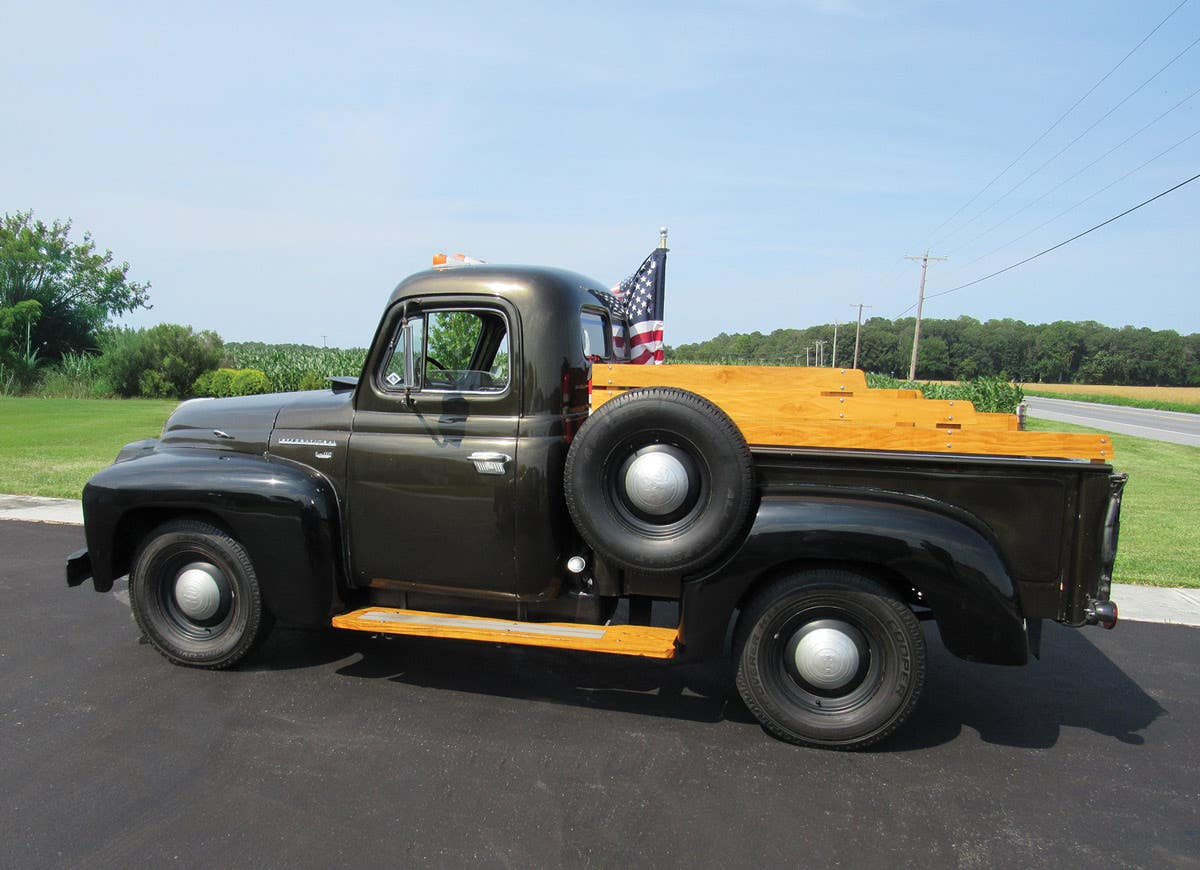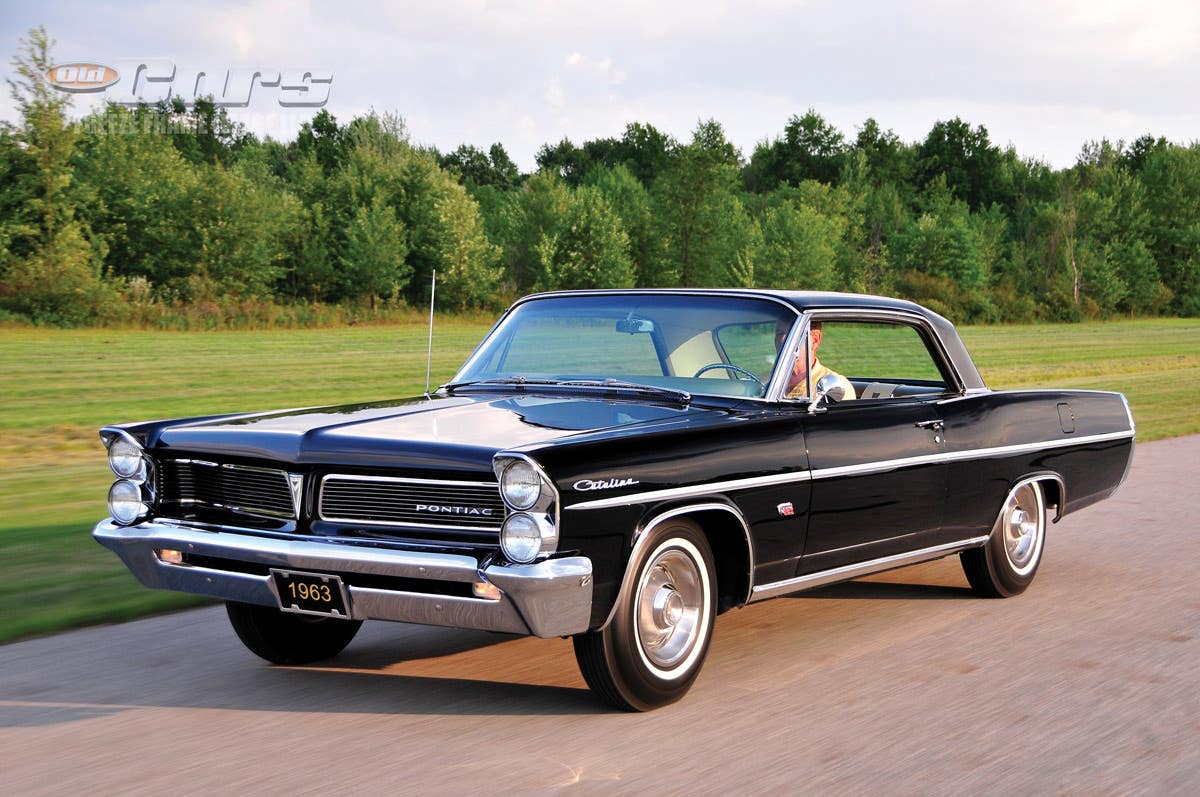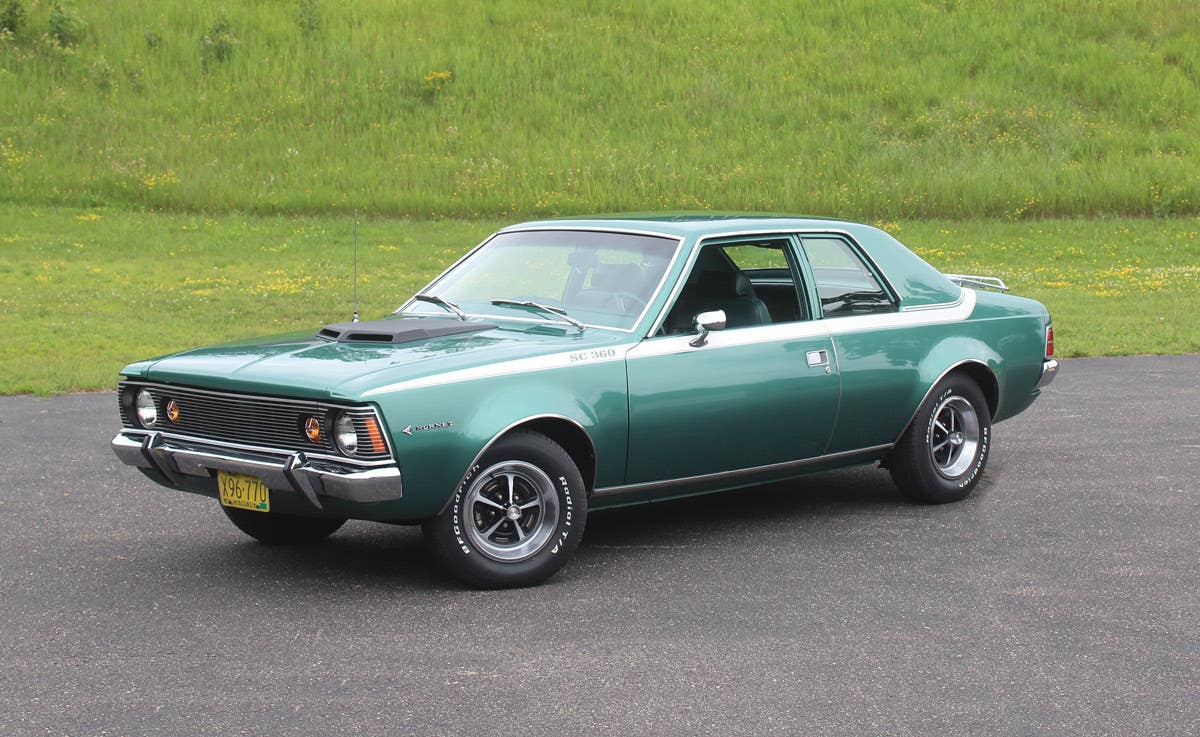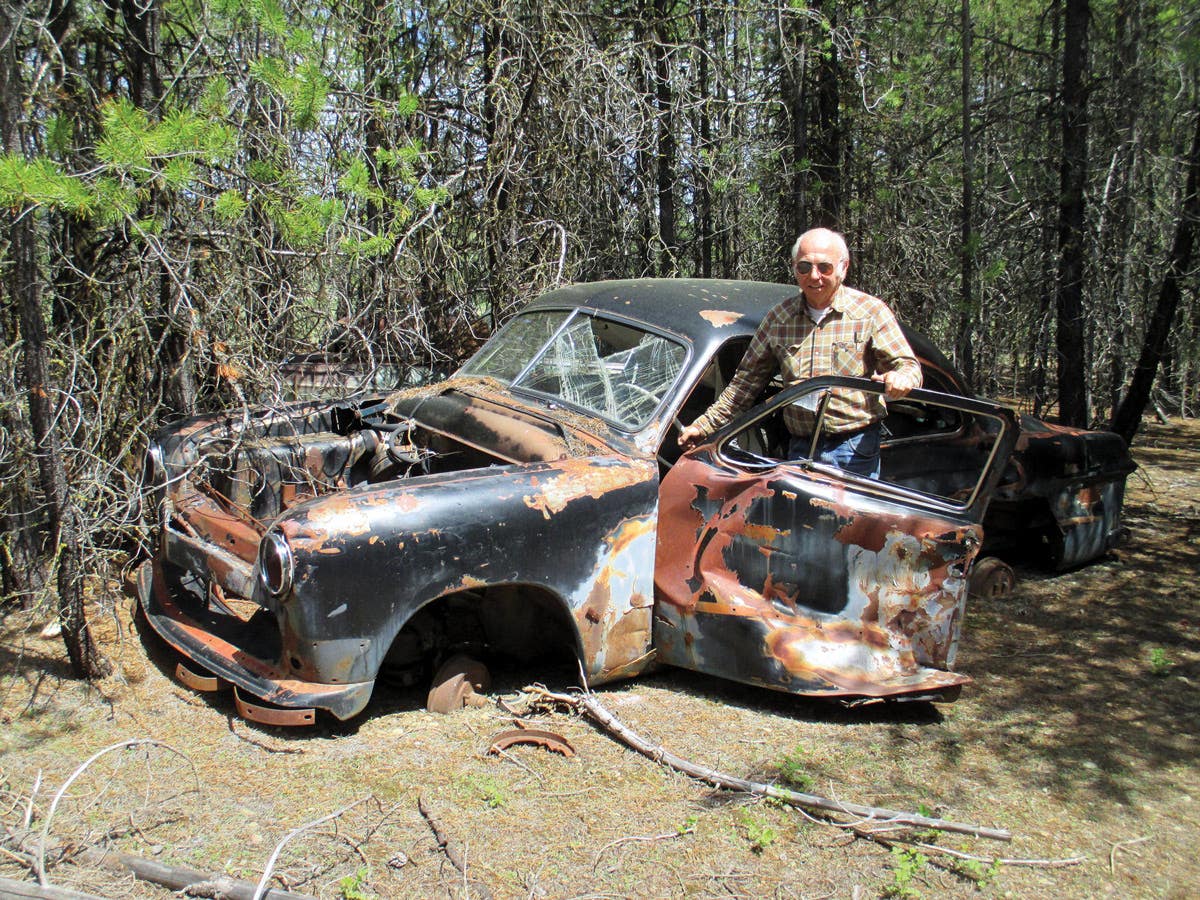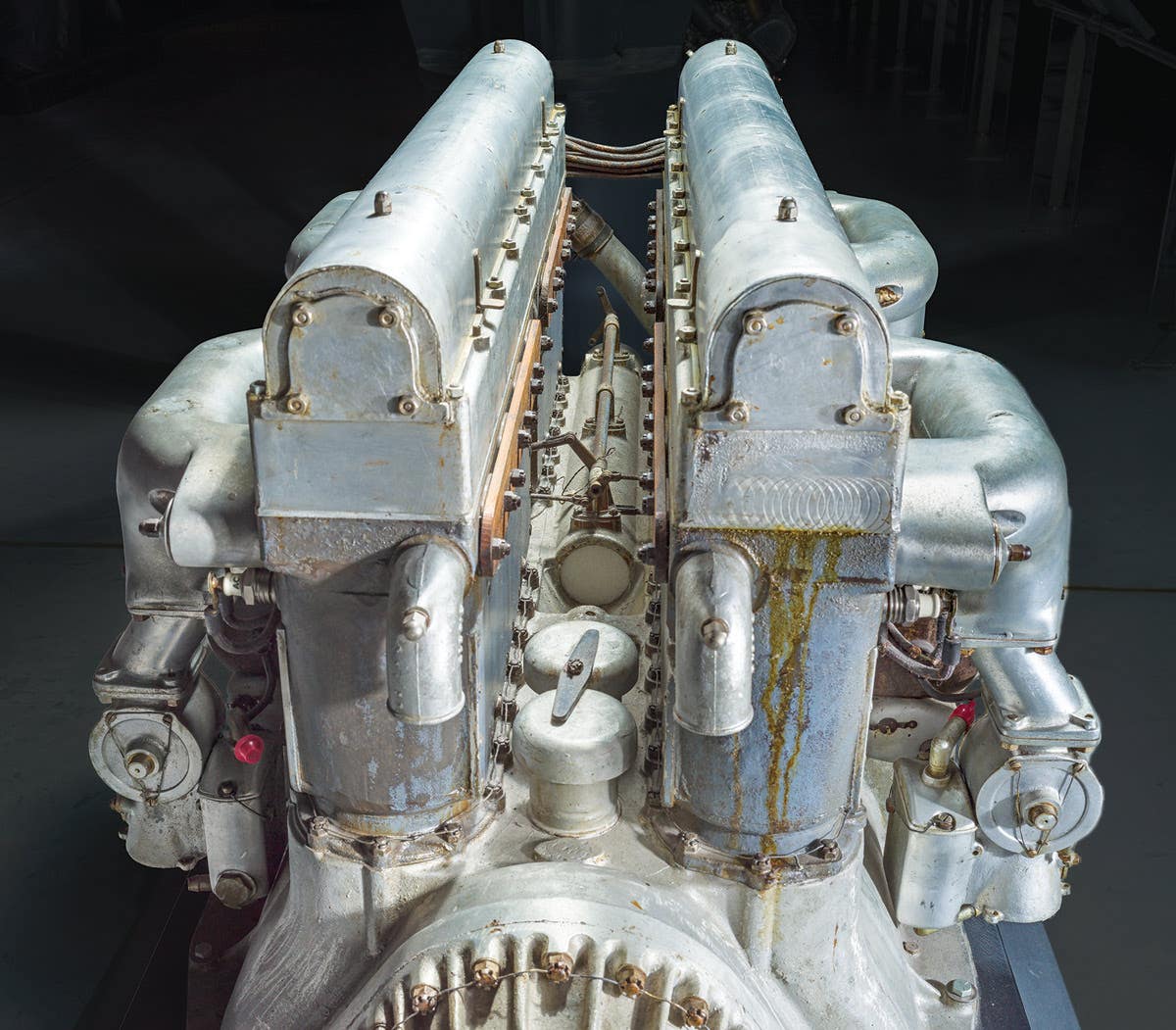Q&A with Kit Foster: September 20, 2012
Q. Regarding the July 12 Q&A about ethanol, I work for Gold Eagle Company, the producers of STA-BIL, HEET and Octane 104 and felt I could add more information and…
Q. Regarding the July 12 Q&A about ethanol, I work for Gold Eagle Company, the producers of STA-BIL, HEET and Octane 104 and felt I could add more information and insight to this discussion. The addition of ethanol began in Midwestern states in the mid-1980s. In 1988, Denver, Colo., mandated its use to improve air quality. From there the use of ethanol exploded in the mid to late ’90s with more major metropolitan areas requiring oxygenated fuels, along with tax incentives for its use. Fuel blends with ethanol do burn cleaner with fewer emissions of benzene and hydrocarbons. However, ethanol produces less power per gallon, and is therefore less efficient than gasoline, meaning your gas mileage will suffer. Currently E10 (10 percent ethanol, 90 percent gasoline) is the most common fuel in the United States.
The buzz around ethanol recently has been about phase separation. Ethanol is hygroscopic, meaning that it attracts water from the atmosphere and condensation that occurs in the tank. Phase separation will occur at 0.5 percent water saturation of the gasoline — as little as half a tablespoon of water in one gallon of fuel at low temperatures. Ethanol and gasoline have a weak chemical bond, while water and ethanol have a very strong bond. The ethanol and the water bond in the tank. Once that bonding has occurred, the water and ethanol mixture will sink to the bottom of the tank, creating phase separation. This mixture of water and ethanol is very corrosive and can cause corrosion of metal and aluminum parts throughout your fuel system. Adding a water remover like ISO-HEET Premium Gas Line Antifreeze prior to phase separation will grab the moisture and keep it emulsified within the gasoline longer. STA-BIL Ethanol Treatment also has a non-alcohol water absorber that will delay phase separation. Phase separation cannot be cured once it has happened, and you will need to drain your fuel system completely to prevent damage, so the key is to prevent the problem before it happens.
The second major issue with ethanol-blended fuel is stability. Current blends of fuel you buy at the pump start to degrade 30 to 90 days after production. Once the fuel starts to degrade it begins to lose its flammability along with its octane. It will also start to deposit gum and varnish in your carburetor and fuel lines.
These issues are prevalent in classic cars that are not driven regularly, small engine equipment and the marine world. All of these fuel systems are commonly vented to the atmosphere where they are free to absorb moisture and be exposed to the air. Gold Eagle, the maker of STA-BIL, has created fuel stabilizers and ethanol treatments for many original equipment manufacturers who are fighting these moisture and stability issues. They are aware of the issues and many have created technical bulletins so you can learn more.
The best way to fight the harmful effects of ethanol is knowledge of what fuel is and how to treat it. If you think your car or gas-powered equipment will have the same tank of fuel in it for more than 30 days you should use a stabilizing fuel treatment like STA-BIL Ethanol Treatment. When you store for the off season you should add a fuel stabilizer to fresh fuel and run the engine so the stabilized fuel makes it into the fuel lines and carburetor. Fill the tank 95 percent full with fresh fuel and stabilizer. Remember, it is essential to stabilize fresh fuel. If the fuel is already degraded the stabilizer will not work properly.
For more information about gasoline, ethanol and proper storage techniques please visit www.goldeagle.com under our “Engine Care” tab.
— Matthew Banach, Field Sales Representative, Gold Eagle Company, Chicago, Ill.
A. Thanks for that explanation. It puts much of our previous discussion and anecdotal evidence into a larger context. We have heard from another company, which manufactures fuel system components. For reasons of space we need to hold their response over to next week. Remember, please, that Old Cars Weekly is not Consumer Reports: we neither test nor recommend specific products. Our aim is simply to present information useful to our readers.
-------------------------------------------------------------
Q. Thank you for printing my question about air conditioning for my ’49 Ford. My name, however, is Ron Caputo. I don’t know how it ended up being “Ron Brumka” in the July 26 issue. The idea of a small airplane air conditioner is something I will be looking into. The car is already converted to 12 volts and there are alternators that look like vintage generators.
— Ron Caputo, Brooklyn, N.Y.
A. My apologies for our error.
To submit questions to this column: E-mail angelo.vanbogart@fwmedia.com or mail to: Q&A, c/o Angelo Van Bogart, 700 E. State St., Iola, WI 54990-0001.
Got Old Cars?
If you don't subscribe to Old Cars Weekly magazine, you're missing out on the only weekly magazine in the car hobby. And we'll deliver 54 issues a year right to your mailbox every week for less than the price of a oil change! Click here to see what you're missing with Old Cars Weekly!
More Resources for Car Collectors:
- Classic car price guides, research, books, back issues of Old Cars Weekly & more
- Get expert restoration advice for your classic car
- Get car pricing, data and history all in one place
- Sign up for Old Cars Weekly's FREE email newsletter
- Need to buy or sell your classic car? Looking for parts or memorabilia? Search our huge online classified marketplace



